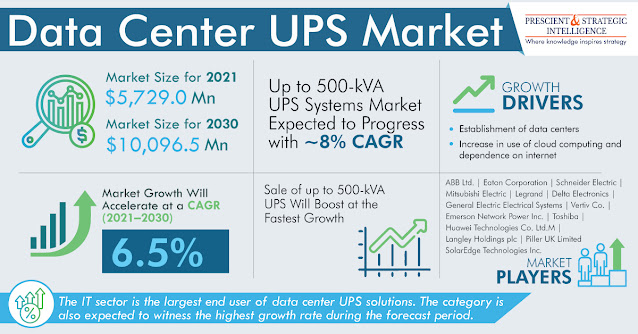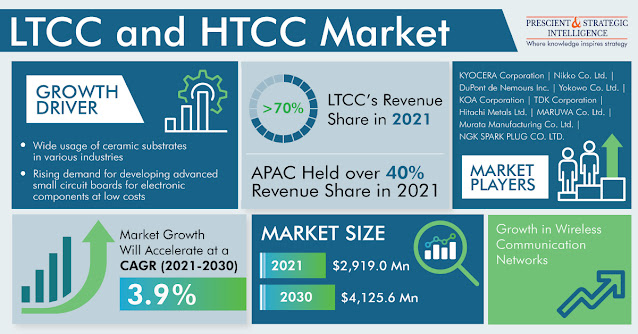In 2021, the switchgear market hit $93,432.6 million in revenue; it is advancing at a rate of 5.9% from 2021 to 2030 to reach a $157,045.5 million value by 2030. It is ascribed to the improved power distribution infrastructure and increasing construction activities led by infrastructure development. Due to the expansion of the industrial sector, there is an increased demand for energy in both developed and developing countries, led by increased automation and technological improvements.
Low-voltage variants have captured the largest switchgear market share, ascribed to the three-phase power distribution products designed for electricity supply of a capacity of 6,000 Amperes at up to 1,000 Volts. Low-voltage variants are usually used for motor control centers and switchboards. The common usage of low-voltage switchgear involves power supply to low-voltage switchboards, other feeder and branch circuits and LV-MCCs. They are highly utilized in mining, manufacturing, utility, petrochemicals, water treatment and other sectors for power supply.
APAC holds a significant switchgear market share, amounting to 45% of the revenue. It is expected to retain the same position in the market in the coming years. China dominates the APAC market as compared to other nations. The power generation sector is expanding to cater to the requirements of China’s rising population resulting in the expansion of the market in the country. According to Boston University Global Development Policy Center, the FDIs and Development led to overseas power generation capacity amounting to 106.2 GW in China from 2000 to 2018.
The improvements in the smart grid infrastructure boost the switchgear market. There is a growing need to make advancements to the grid by utilizing innovative technology, controls and equipment for building smarter and more robust infrastructure. Smart grids generate power more efficiently in a reliable manner by interacting and collaborating. They reduce the instances of power outages for long durations. Smart grids are also effective during bad weather as they quickly restore the services by adding new capacity.
Therefore, the expansion of the industrial sector leading to increased demand for energy to generate power drives the market.
























